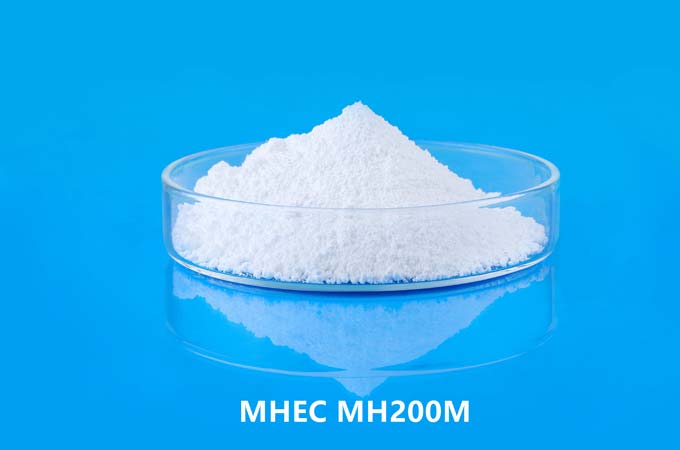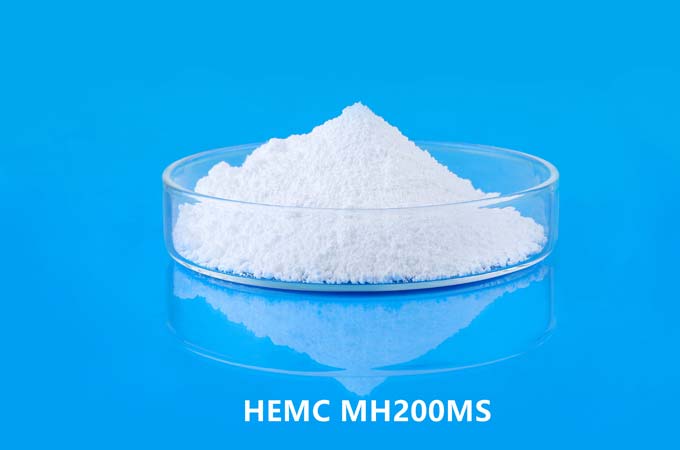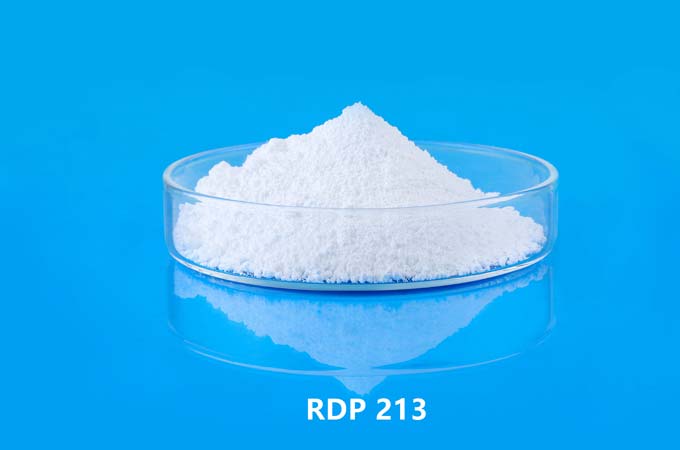1.Introduction:
Hydroxypropyl methylcellulose (HPMC) is a versatile polymer widely used in various industries for its adhesive, thickening, film-forming, and water-retention properties. In recent years, HPMC has found significant application in degreasing coatings due to its compatibility with various solvents, excellent film-forming ability, and environmental friendliness. This article explores the role of HPMC in degreasing coating applications, highlighting its benefits, formulation considerations, and practical uses.
2.HPMC Properties:
HPMC is derived from cellulose, a natural polymer found in plant cell walls. Through chemical modification, hydroxypropyl and methyl groups are introduced onto the cellulose backbone, enhancing its solubility and modifying its properties.
3.Key properties of HPMC relevant to degreasing coatings include:
Film-Forming Ability: HPMC can form uniform and continuous films when dissolved in suitable solvents, providing a barrier against moisture and contaminants.
Adhesion: It exhibits good adhesion to various substrates, including metals, plastics, and ceramics, ensuring effective coating coverage.
Water Retention: HPMC has excellent water-retention properties, which help maintain the viscosity of coating formulations and prevent premature drying.
Chemical Stability: HPMC is stable over a wide pH range and compatible with a variety of solvents commonly used in coating formulations.
Environmental Friendliness: As a biodegradable and non-toxic polymer, HPMC is environmentally friendly and complies with regulatory standards.
4.Formulation Considerations:
Incorporating HPMC into degreasing coating formulations requires careful consideration of several factors:
Solvent Selection: HPMC is soluble in both organic and aqueous solvents. The choice of solvent depends on the substrate, application method, and desired film properties.
Compatibility with Additives: HPMC can interact with other formulation components, such as pigments, rheology modifiers, and crosslinkers. Compatibility testing is essential to ensure formulation stability and performance.
Film Thickness: The concentration of HPMC in the coating formulation influences the thickness and integrity of the resulting film. Optimal film thickness depends on the application requirements and desired performance characteristics.
Drying Conditions: Proper drying conditions, including temperature and humidity control, are crucial to achieving uniform film formation and preventing defects such as cracking or blistering.
5.Practical Applications:
Degreasing coatings formulated with HPMC find diverse applications across various industries:
Automotive: Degreasing coatings are used in automotive manufacturing to prepare metal surfaces for painting or bonding. HPMC-based coatings provide excellent adhesion and corrosion protection, enhancing the durability of finished products.
Aerospace: In the aerospace industry, degreasing coatings are applied to aircraft components to remove contaminants and prepare surfaces for adhesive bonding or painting. HPMC-based coatings offer lightweight, environmentally friendly solutions with high performance and reliability.
Electronics: Degreasing coatings are applied to electronic components to improve solderability and adhesion of conformal coatings. HPMC-based formulations provide consistent coverage and protect sensitive electronics from moisture and corrosion.
Metal Processing: HPMC-based degreasing coatings are used in metal processing facilities to clean and protect surfaces during machining, stamping, or forming operations. These coatings help improve process efficiency and reduce environmental impact compared to traditional solvent-based degreasers.
Hydroxypropyl methylcellulose (HPMC) plays a crucial role in the development of degreasing coatings, offering a balance of performance, environmental sustainability, and formulation flexibility. By leveraging the unique properties of HPMC, manufacturers can create coatings that meet the stringent requirements of modern industrial applications while minimizing the environmental footprint. As technology advances and regulatory pressures increase, HPMC is poised to remain a key ingredient in the formulation of next-generation degreasing coatings.
 English
English 日本語
日本語 français
français Deutsch
Deutsch Español
Español italiano
italiano русский
русский português
português العربية
العربية Türkçe
Türkçe Nederland
Nederland



